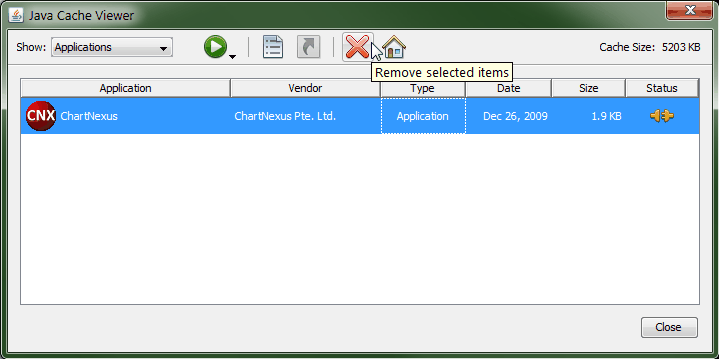
The scalability of write-behind caching makes it ideal to handle extreme transaction processing (XTP) scenarios.
Clear netbeans cache update#
They can also provide scalable servicing of update requests by leveraging their write-behind technology. If these JVMs are on additional physical servers with CPU, memory and network, then this allows scalable servicing of read requests. This allows the capacity of the cache to scale as more JVMs are incorporated. There are several products currently available, including IBM® WebSphere® eXtreme Scale, Oracle Coherence, and Gigaspaces that allow all of the free memory of a cluster of JVMs to be used as a cache rather than just the free memory of a single JVM. The required record must then be read continually thereby making the cache useless and exposing the database to the full read load. Once we need to cache more than this amount of data then thrashing occurs where the cache continuously evicts data to make room for other data. Conventional in-memory caches are also limited to only storing what can fit in the free memory of a JVM. Databases are much better at executing batched transactions.Įventually, the database will saturate the CPU or disks and at that point the response time will rise as additional load is added. Databases are not good at executing lots of concurrent transactions with a small number of records per transaction.


The issue here is that as the load increases then the response time on these updates grows. These applications directly update the database for changes in the data.

Applications typically use a data cache to increase performance, especially where the application predominantly uses read-only transactions.


 0 kommentar(er)
0 kommentar(er)
